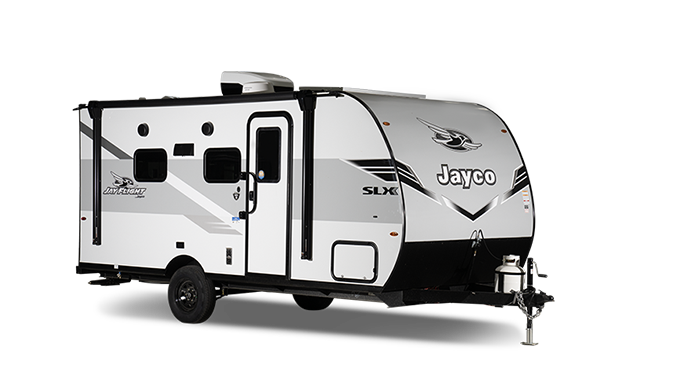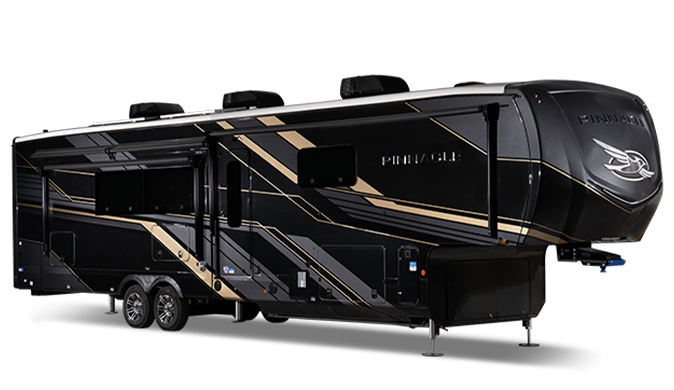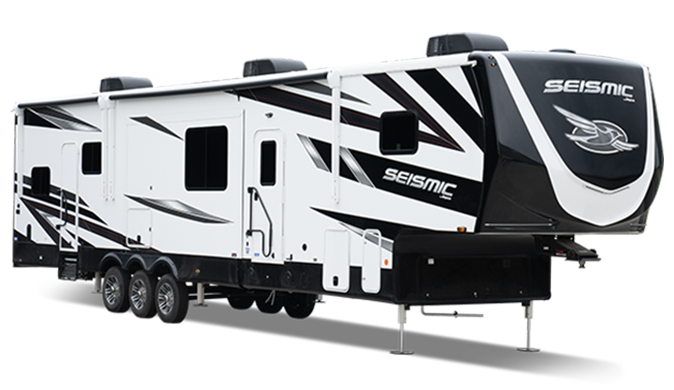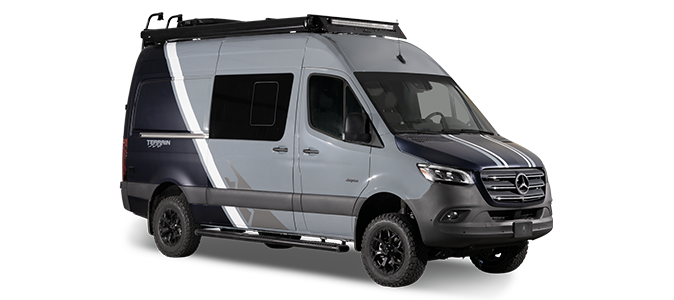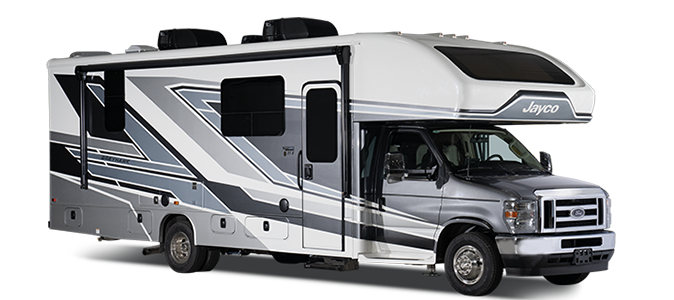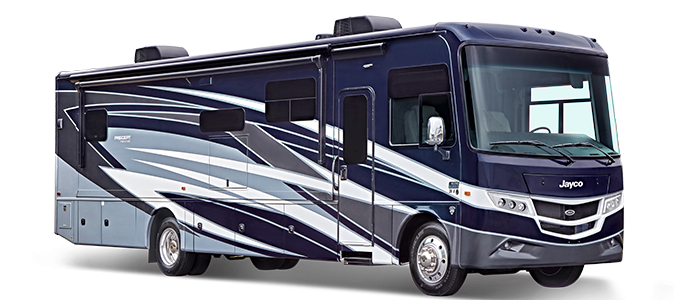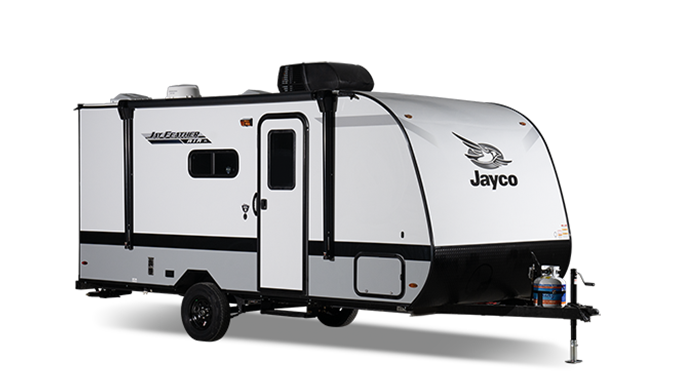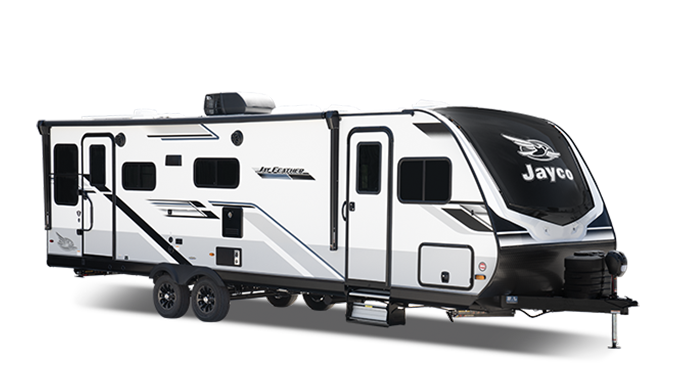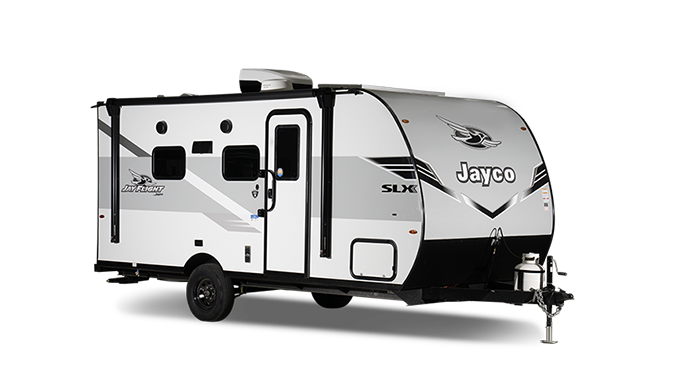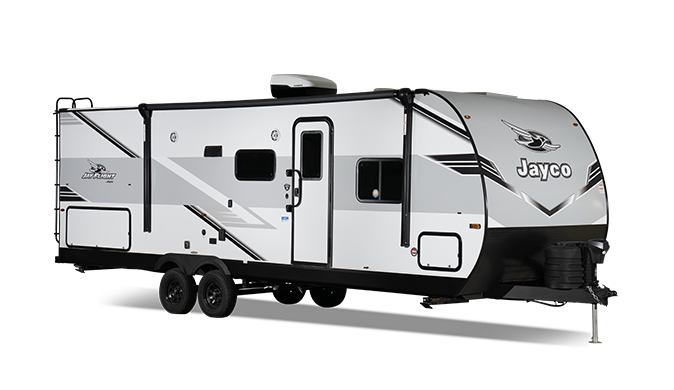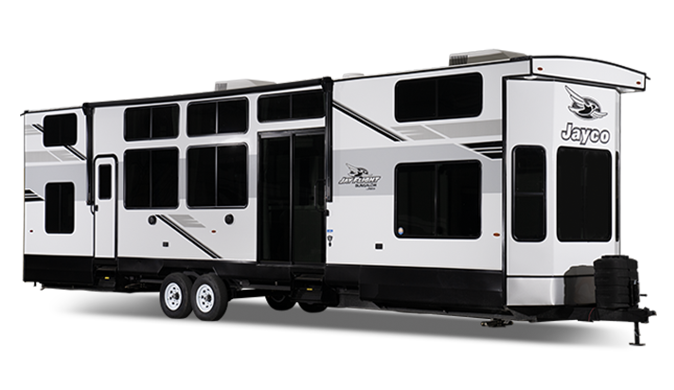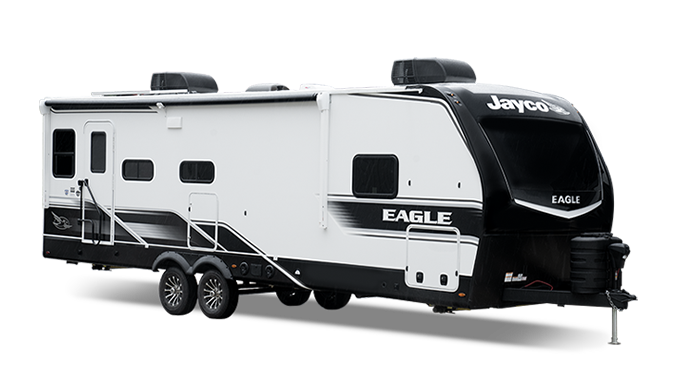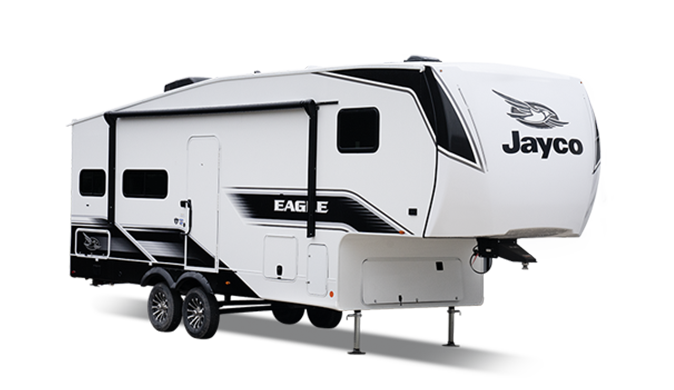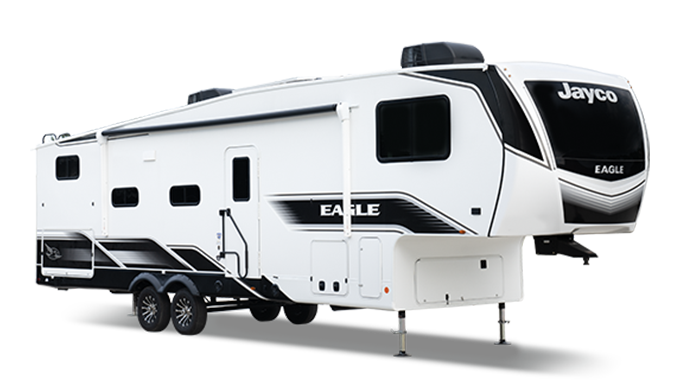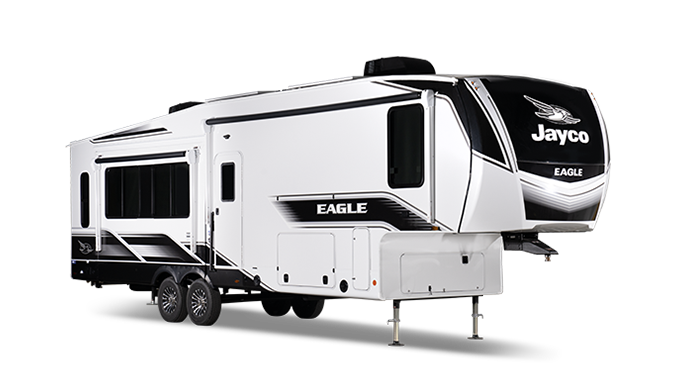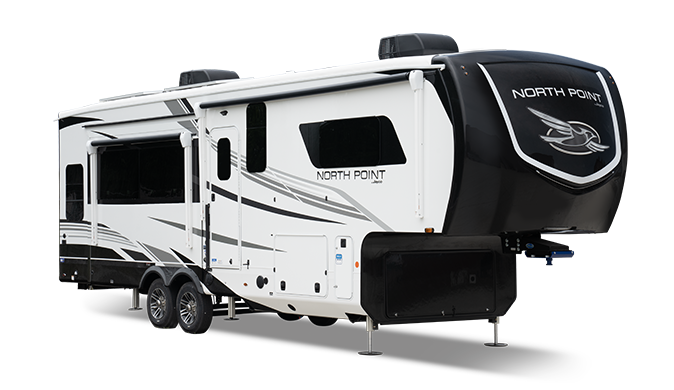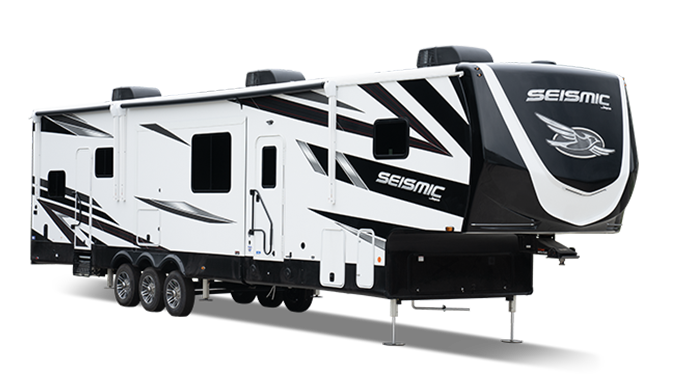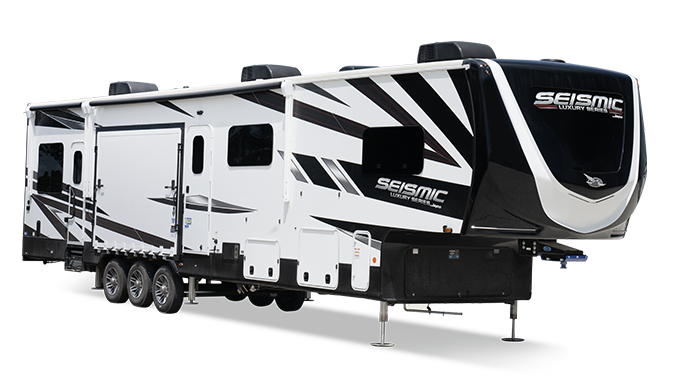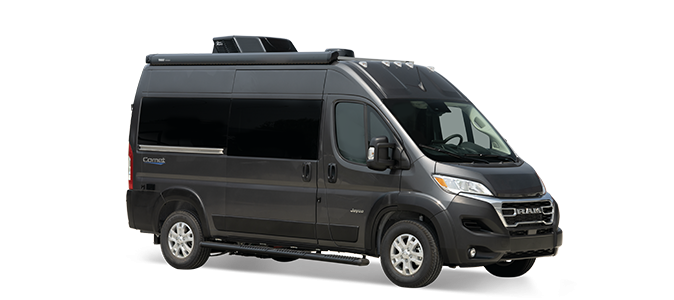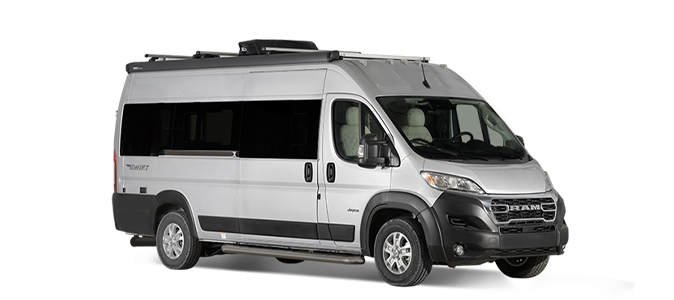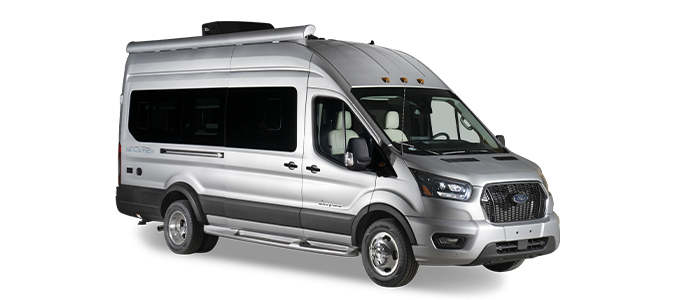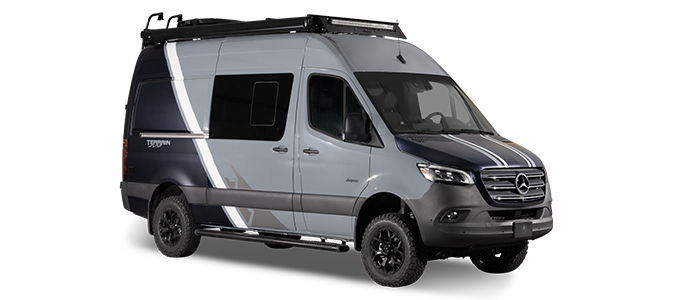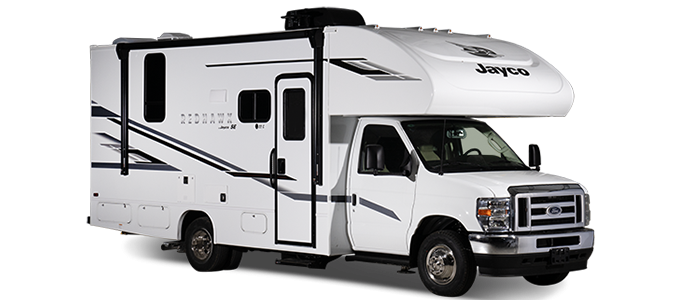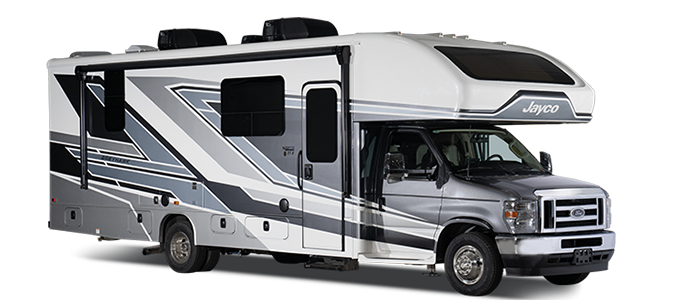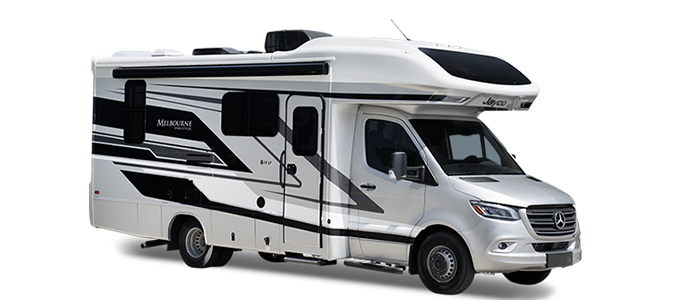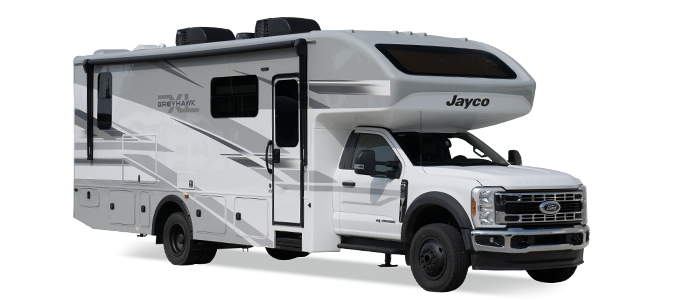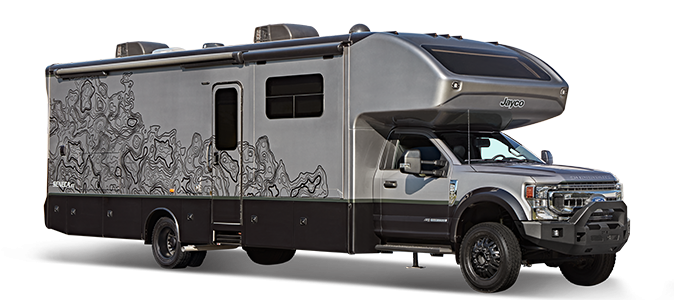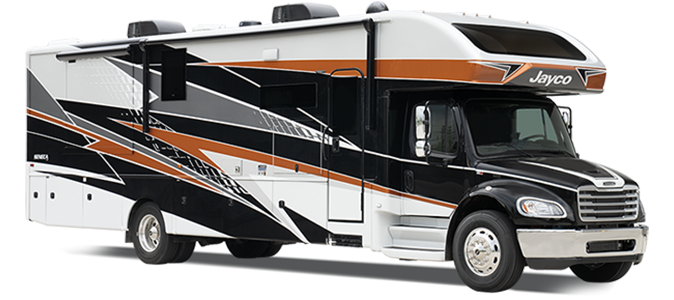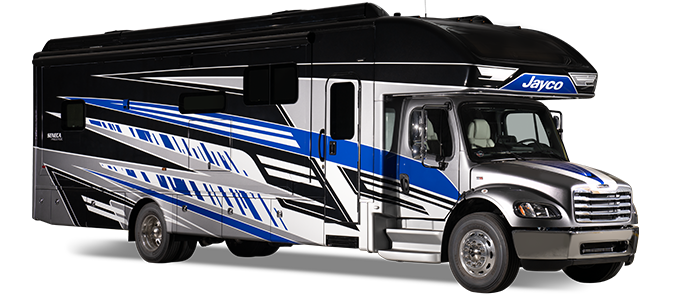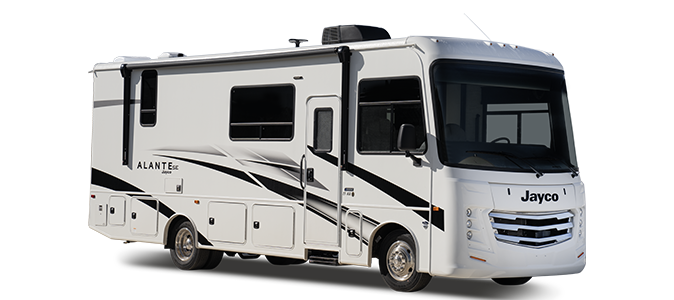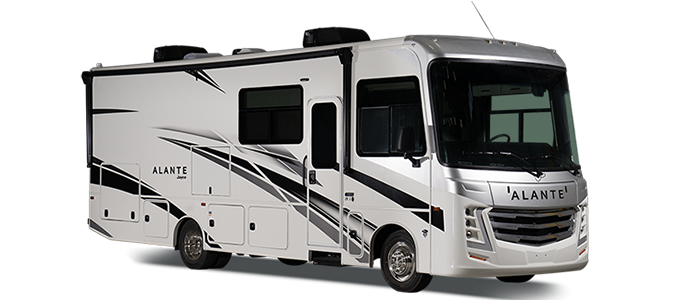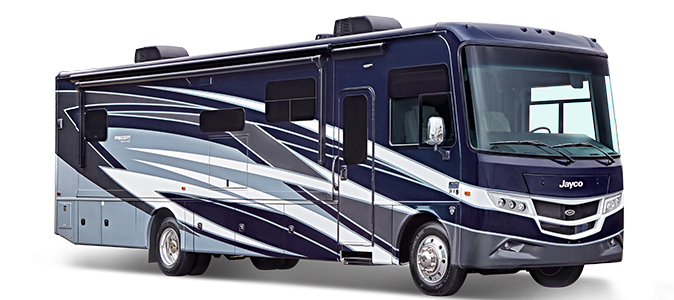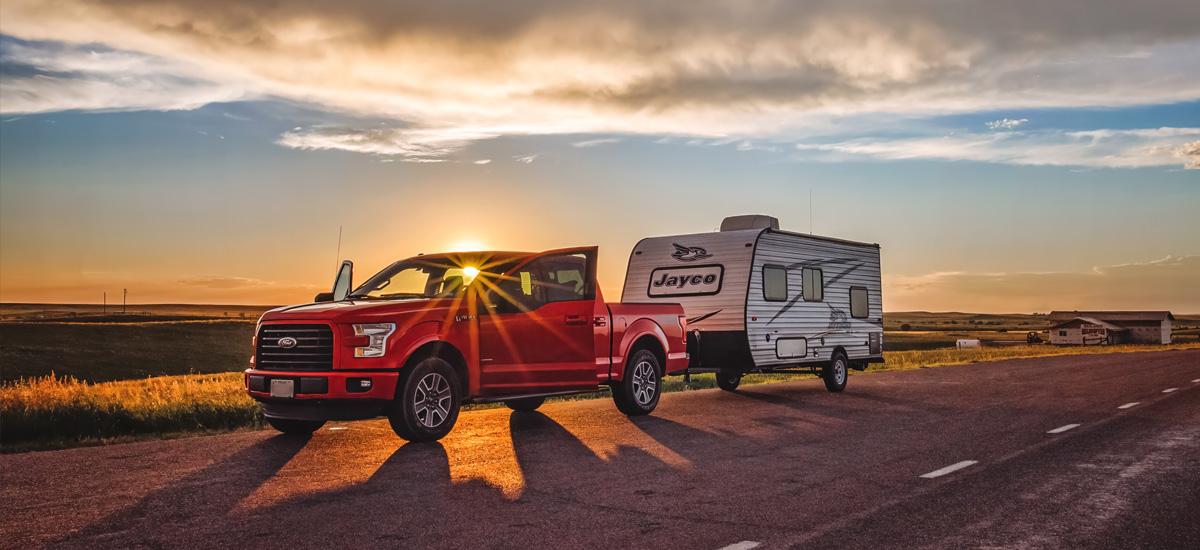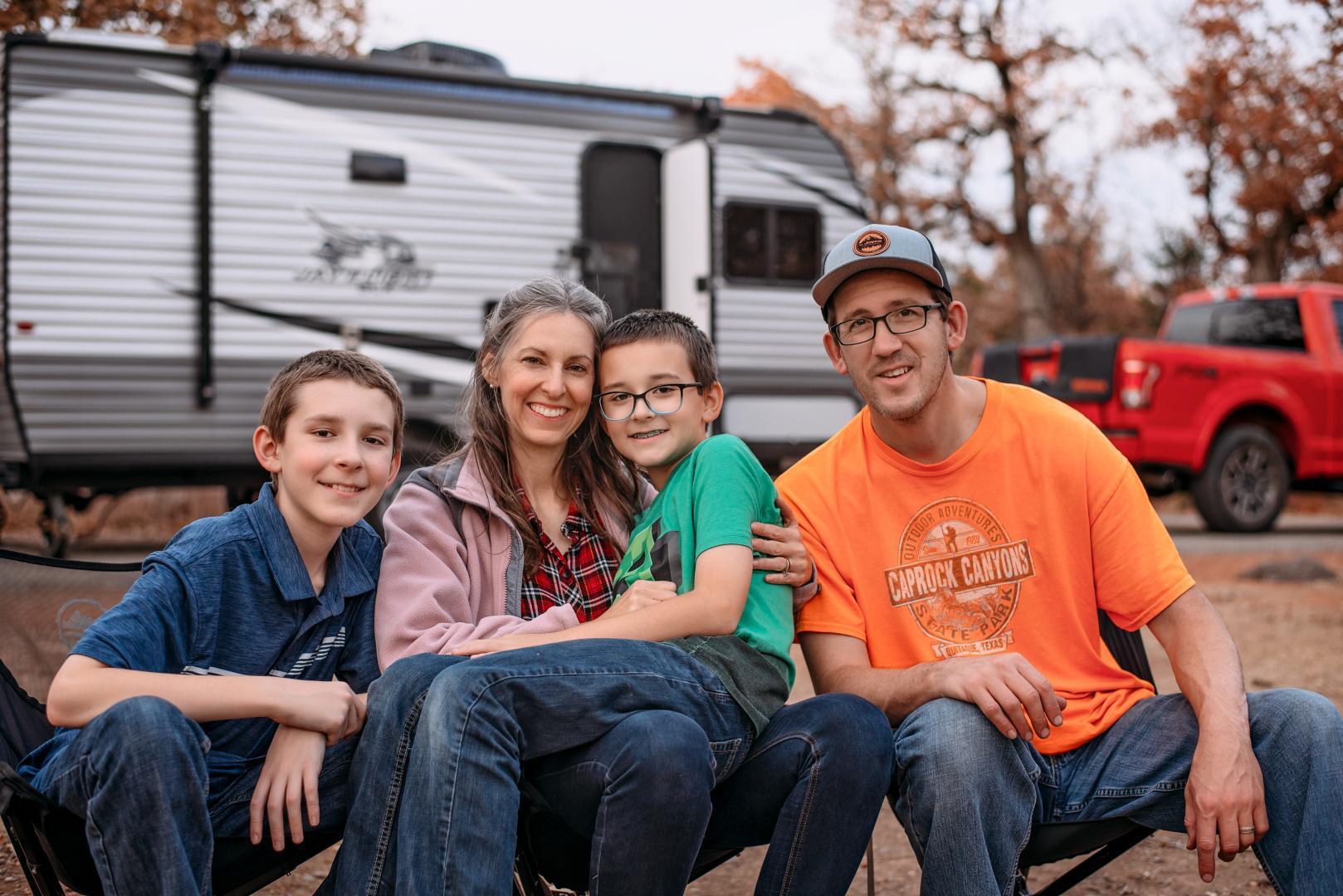It's finally time for an epic season of RVing! Is this your year to tick a few more boxes on your bucket list of things to see? With so much to do before you go on your trips, you need a plan.
In this article, we'll walk you through our thought process on how we plan our RV trips for the year and share our best ideas and strategies to make planning for your RV trip a bit easier.
Make an RVing Destination List
As they say, it all comes down to "location, location, location". This definitely applies to vacations. Most epic trips begin with knowing where you want to go, but with so many amazing places out there, it can be tough to choose.
Get Inspired!
We like to start by collecting a list of potential spots all over the U.S. and then narrowing them down.
Most of our location inspiration comes from videos and pictures on Instagram, YouTube, and TikTok. If we see a particular alpine lake, flowing waterfall, slot canyon or other spectacular landform online, we take note of it and put it in a Google Doc list of places we’d love to see for ourselves. Right now, our list has easily over 200 different sites to visit and hikes to complete, so we know it will be quite a few years until we are all caught up…and this is coming from a family of very active RVers!
Get Ahead of the Game and Make the Most of Your Free Weekends!
When those blissful weekends roll in without any prior commitments, seize the opportunity to supercharge your preparations for the upcoming year, especially if winter RVing isn't in the cards. As devoted part-time RVers, we understand that our vacation time is limited, often just two, three or four weeks per year. That's why it's crucial to be strategic in planning our trips and to make the absolute most of every moment on the road.
Turn those free weekends into invaluable steppingstones towards unforgettable adventures. With a proactive approach, you'll be able to map out your dream destinations, fine-tune your travel itineraries and ensure your RV is in prime condition. Embrace the thrill of anticipation as you set the groundwork for an incredible year filled with boundless exploration and cherished memories.
Narrow Down Your RV Destination List
Alison and I like to group RV destinations to visit based on location. We try to cluster our spring, winter and fall trips around one general area over a one-week period. For example, one year we planned a week-long Texas state park dark sky desert trip to visit Seminole Canyon, Kickapoo Caverns and Big Bend Ranch state parks over a weeklong period.
We knew we would be spending more time driving than actually enjoying all of the things each place had to offer, so we removed Big Bend Ranch State Park from our list because it wasn't close to the other parks. Instead, we replaced it with another park that was conveniently along the way, Garner State Park.
With our two- or three-week trips, we have the same mindset. Pick a few “must do” activities clustered within a general area, and then plan around them. Since you can obviously travel farther over a longer vacation, you have more flexibility with places to see along the route to and from your clustered vacation spot. We try to take a different route going to the main destination than the one coming home.
Year after year, our Texas to Colorado journeys unveil the essence of adventure as we chart diverse routes and discover enchanting stops along the way. For Instance, from Dallas, we've ventured northwest through the sweeping plains of Amarillo, finding solace in state parks amidst majestic canyons. Alternatively, we've embarked on westward odysseys, traversing the sun-kissed deserts of southern New Mexico before heading north or straight through the picturesque farmlands of Kansas. The return leg is no less exciting, as we curate our route to unravel even more of this country's wonders. With a passion for exploration, we relish the freedom to choose, savoring America's diverse offerings, and each trip becomes a canvas for painting vivid memories and enduring stories.
You might discover when narrowing down your list, some locations just don't fit together as well as you thought they originally might be based on location. It's okay to jump back on the internet to see what other places work well with your top or "must see" destinations. Just keep an open mind when planning and stay flexible.
Organize Your RV Itinerary
Now that you have a rough idea of places you want to see and a very general route to take, it’s time to put “pen to paper” and make an itinerary. We know some people prefer to fly by the seat of their pants and just wing it. We really don’t recommend doing this anymore. Why? Tons of people have found out how awesome RVing is recently, and great campgrounds can fill up quickly leaving you without a spot. So, make a plan for the days you are interested in traveling.
As an example, for a summer trip, we tend to begin our itinerary organization around specific dates based on snowmelt and a lunar calendar. We know that sounds odd, but since we love hiking to alpine lakes, we need to know if camping at higher elevations will be doable, or will we need to find a different option because the campground could be closed.
As for the lunar calendar, we shoot astrophotography. It is best if our trip centers around a new moon so we can get better shots. Of course, you might not have the same priorities as us and might not care about seeing alpine lakes and the Milky Way, but it’s still important to think about what might be going on to influence the dates you select.
RV Mapping Tools
Obviously with all of the amazing technology out there, it’s much easier to just use Google Maps or the Roadtrippers app for route planning than to write it down, but you do what works best for you. Some people prefer to visually see the potential routes on a paper map while others like to see it digitally. If you have never planned a route before, try several options to see what best fits your style.
Alison is our primary trip planner, and she currently prefers to use Google Maps to create the route we will take on our summer trips. That’s not the only tool she uses though. We have found lots of value in also using a trucker atlas to make sure our RV will easily be able to drive on the route she has planned. These atlases have been created for 18 wheelers, so you know if they can drive on the road, you will be just fine, especially when going through the mountains. Just use it as a cross referencing tool so you can have peace of mind.
Finalizing RV Trip Dates
Once we know what we want to see and what route we want to take, we establish how long we want to stay in each location. Let’s use a two-week Colorado trip as an example so you can see how we decide our length of stay at each campground.
For example, if we have two major hikes and a minor one in the same area, we typically stay for about four days. This allows us to acclimate to the area’s altitude for a day and then do a small hike the next day. Plus, we get to explore the area and see whatever tourist things there are on that arrival day. We like to also split our big hikes so the kids can have a physical break in between with a relaxing day just chilling around the campground, fishing or canoeing. It also allows for flexibility in our schedule in case of bad weather. Museums are also a perfect fit for those rainy days.
When it’s time to move on to the next location, we like to get going before 9 or 10 AM so we can get to the next spot around check in time. It allows us to enjoy the new spot for the afternoon and hopefully catch a great sunset.
In the new campground, we also like to stay for at least three or four days if there is plenty to do, which it usually is. Take Kodachrome Basin State Park in Utah. It is pretty much impossible to do all the hikes in that park, plus nearby Bryce Canyon National Park and Grand Staircase-Escalante National Monument in even a week. We have found it best to really take a look at everything an area has to offer, and you’ll discover that three days might just be the absolute minimum for an area.
Once you have repeated your clustered planning time make sure you have enough days to get to and from each major location. Since we live in the huge state of Texas, we usually have to plan for one solid day of driving ten hours to get to Colorado. (Note: If you have never driven an RV that far before, definitely practice with shorter distances first.) You might need to make adjustments to your schedule if you have bitten off more than you can chew for your driving days. It’s ok. Simply chop out an activity that is lower on your list of things to see and tweak the schedule a bit until it’s perfect.
With enough practice and getting to know what your family preferences are, you’ll be able to plan epic RV trips regularly!
For our next article, we will share how we make campground reservations and pick the best ones that fit our RVing needs for our trips throughout the year. It might help you view picking campgrounds and campsites a little differently.

